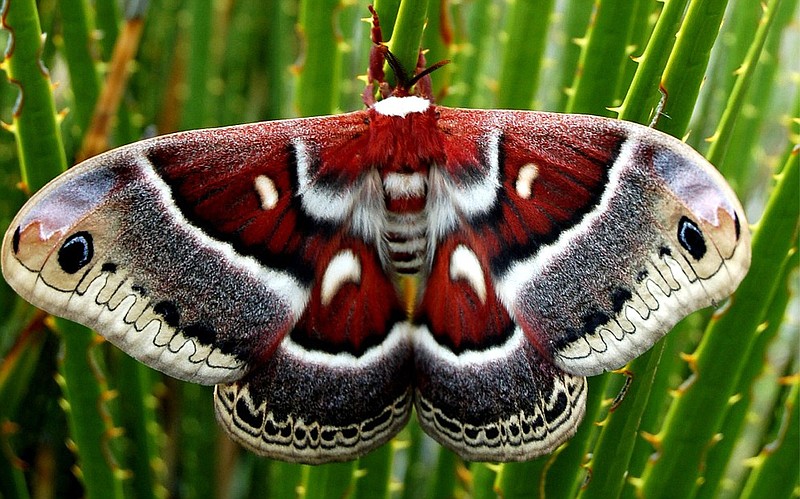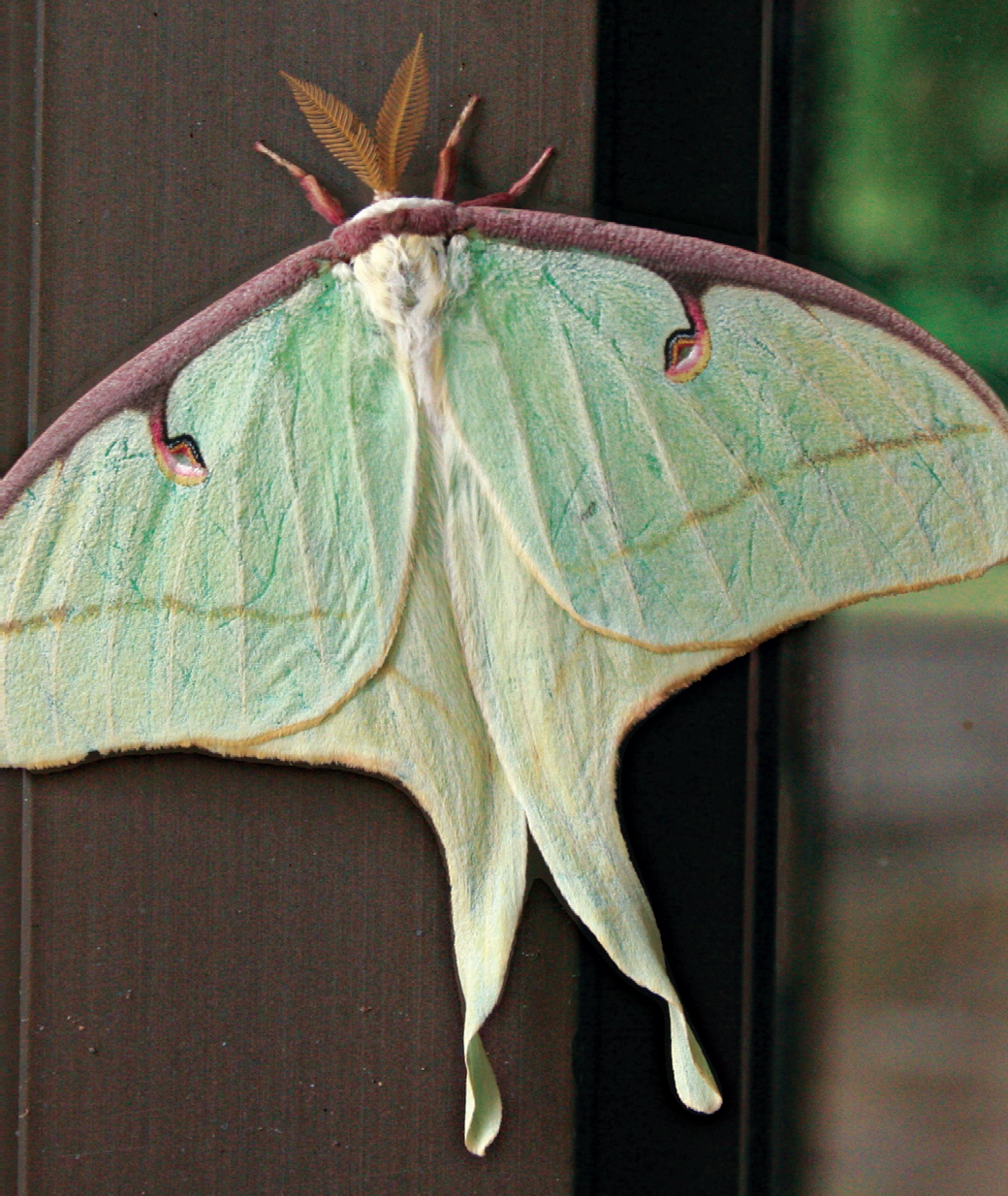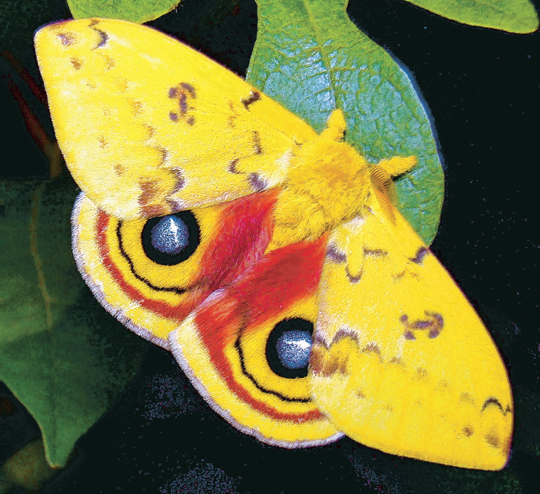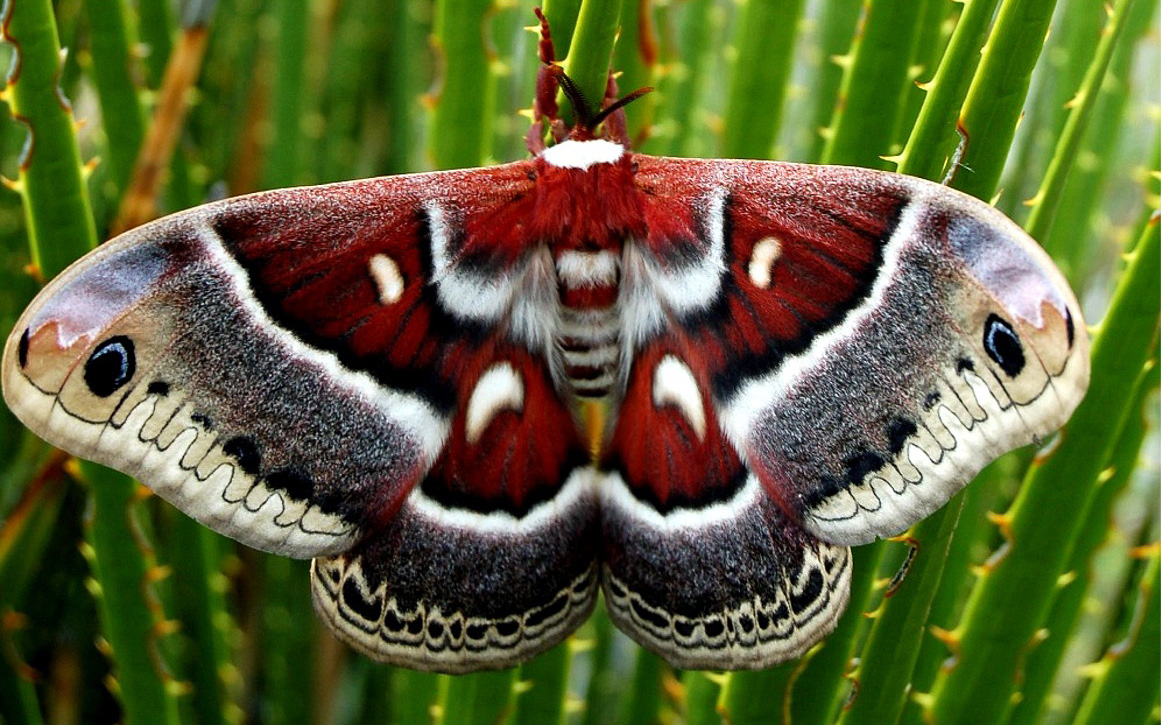For the first time in United States history, individuals and organizations across the nation will come together to celebrate moths and biodiversity during National Moth Week July 23-29.
There are more than 12,000 species of moths and butterflies known just in the U.S. - more than 10 times as many species as birds - and they are found everywhere from urban streets to remote forested areas, making them easily accessible for study and observation. However, many species are believed to be undiscovered and the species we already know are relatively poorly studied, according to Butterflies and Moths of North America's website.
National Moth Week participants are encouraged to document and submit photos online through BAMONA and other partner organizations as part of a large citizen science project to build a permanent network of information on moths.
Don't worry, you don't need to know which type of moth you are looking at. The experts partnered with National Moth Week will identify them for you.
Here are four easy-to-spot species to look for while you are out mothing around:
Luna moth (Actias luna)
Luna moths, also known as "giant silkworm moths," have a wingspan of 4 ½ inches and a white body, pinkish legs and pale green wings. The hindwings have eyespots and long tails. Adult luna moths don't eat; in fact, they don't even have a mouth. They only live for about a week, and their only purpose is to mate.
Io moth (Automeris io)
The io moth adult ranges from 2-3 1/2 inches in wingspan and is easily recognized by the large eyespots on its hindwings. Adult males are mostly yellow, while females have brown forewings. The io moth has a long list of host plants, with more than 100 recorded in North America.
Polyphemus Moth (Antheraea polyphemus)
The polyphemus moth has a 5 1/2 inch wingspan and brownish-yellow wings with a black and white, wavy line on each. It has a small, mostly yellow eyespot on each forewing and larger blue, black and yellow eyespots on the hindwings. Underneath, the wings look like dead leaves.
Cecropia Moth (Hyalophora cecropia)
The cecropia moth is the largest North American moth with a wingspan of 5-6 inches. It has a red body with white stripes, reddish-brown wings with white marks and eyespots on the upper tips.
Instructions on data collection and more information about National Moth Week is available at www.nationalmothweek.org.



